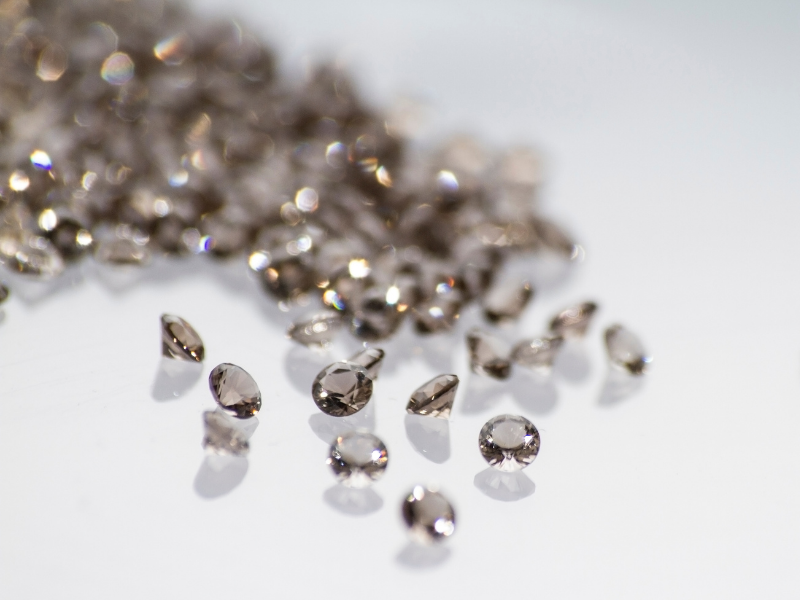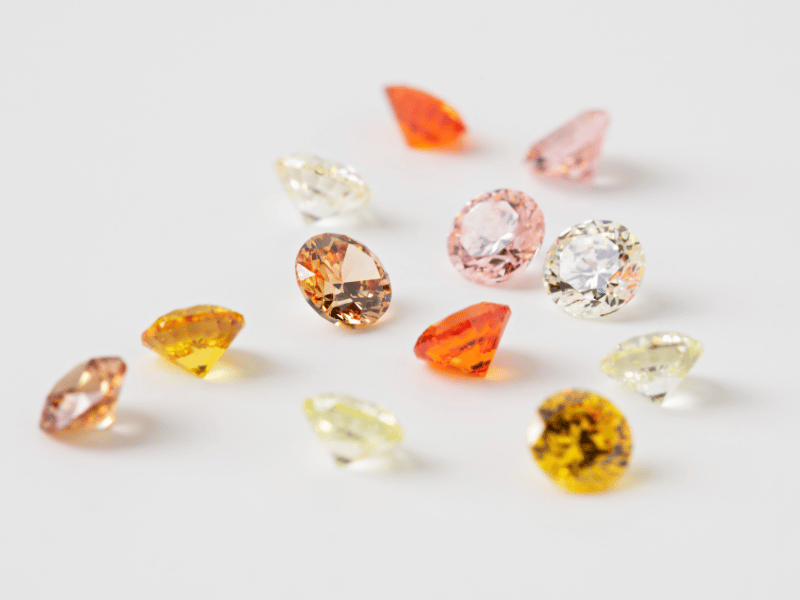Quite often, when coming across the word “synthetic” while choosing a product to buy, you will tend to relate it to a fully man-made, badly crafted or poor-quality product. Yet, when it comes to the industry of stones for jewelry, this term involves a nuance that is worth considering: Synthetic gems are actually perfect copies of their natural counterparts. We explain it all!
What do Natural and Synthetic stones mean?
The word gem is used for all stones of natural origin, i.e. stones formed naturally thanks to the presence of precise chemical elements in a suitable pressure and temperature environment. Gemology is the study of gemstones.
Synthetic stones, on the other hand, are man-made materials produced in laboratories or factories.
Artificial materials, on the other hand, are man-made and have no natural equivalent. For example, plastics and polystyrene are artificial.
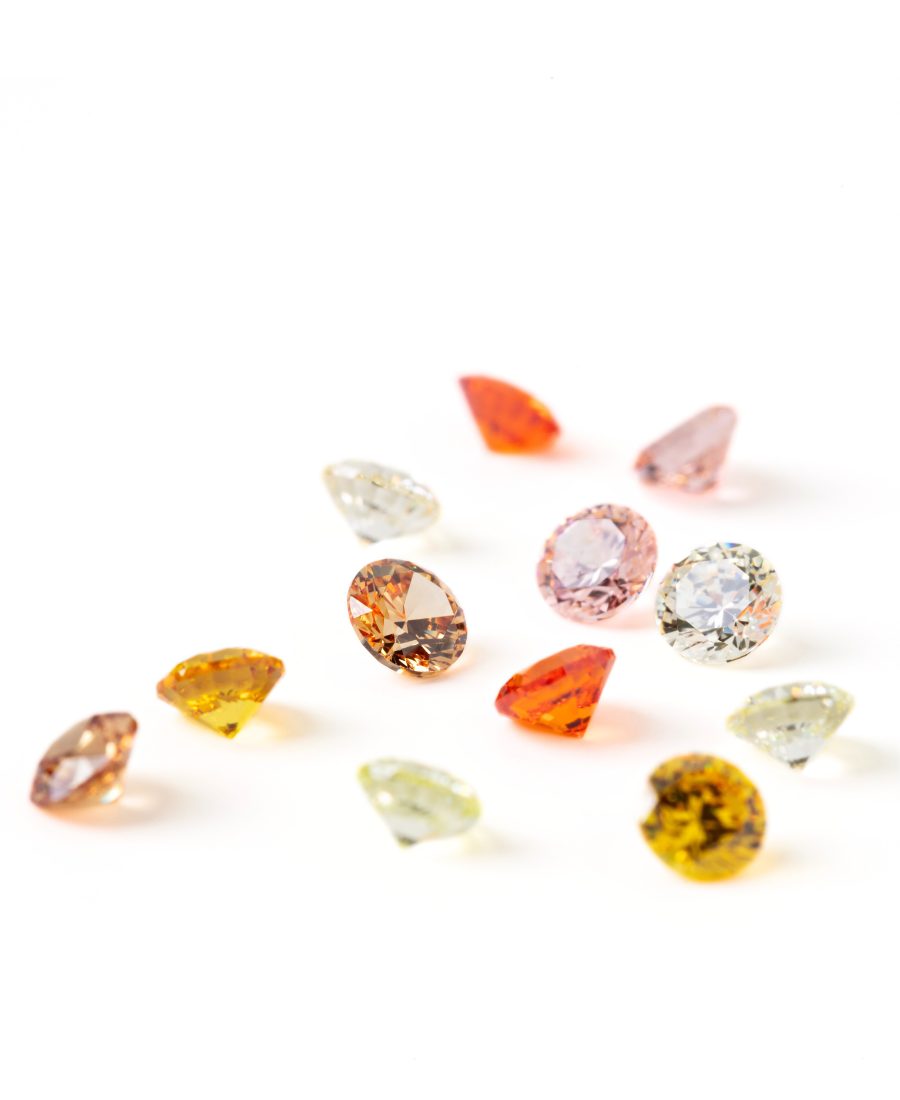
Then what are the differences between a natural gem and its synthetic replica?
While the physical, chemical, optical and crystalline properties of the two products are equivalent, there are differences.

Its origin
The first difference to bear in mind, of course, is that one is man-made, while the other is mined.
The presence of inclusions
The other notable difference, which enables gemologists to appraise a stone, concerns the inclusions (impurities) that can be found in these stones.
The natural environment can leave room for crystallization defects. These can be a variety of inclusions. These inclusions testify to the gem’s natural formation.
The synthetic environment can also give way to certain inclusions, this time characteristic of the synthesis processes and treatments required to create these stones in the laboratory.
Examples of characteristic inclusions: sapphires and emeralds
Natural sapphire and synthetic sapphire
Let’s take the example of a natural sapphire, as well as a synthetic sapphire manufactured by the Verneuil process (flame fusion synthesis).
The distribution of color in both stones is due to the presence of iron and titanium.
Unlike natural sapphire, their synthetic counterparts are created with a rotational movement. This rotation is noticeable when the material crystallizes.
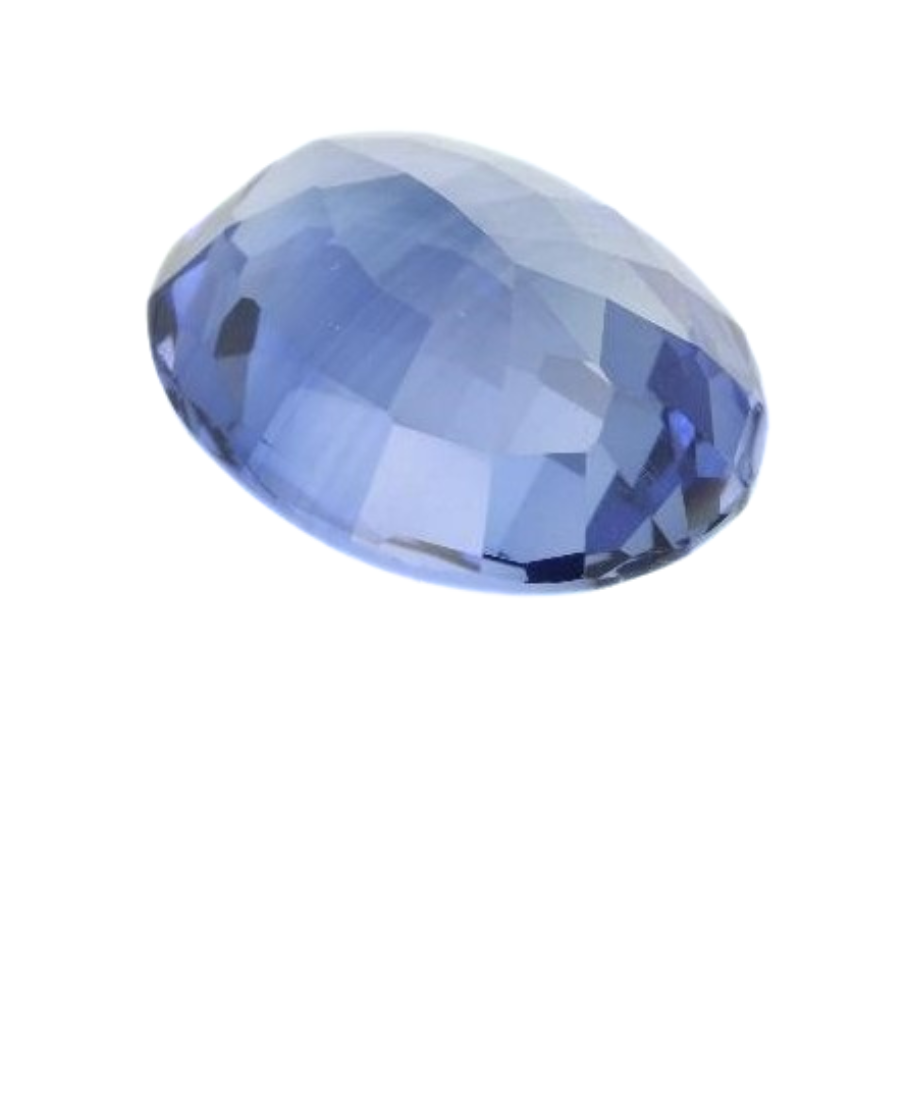
Thus, we can see the presence of “curved growth zones” for synthetic crystals (top photo), and “straight growth zones” or “chevrons” (angles) for natural ones (bottom photo).
Please note that there are other synthetic processes for sapphires, which may have “straight growth zones”.
Thus, a sapphire can be described as synthetic when curved zones are observed; but a synthetic sapphire cannot be described as natural solely on the basis of straight or herringbone zones.
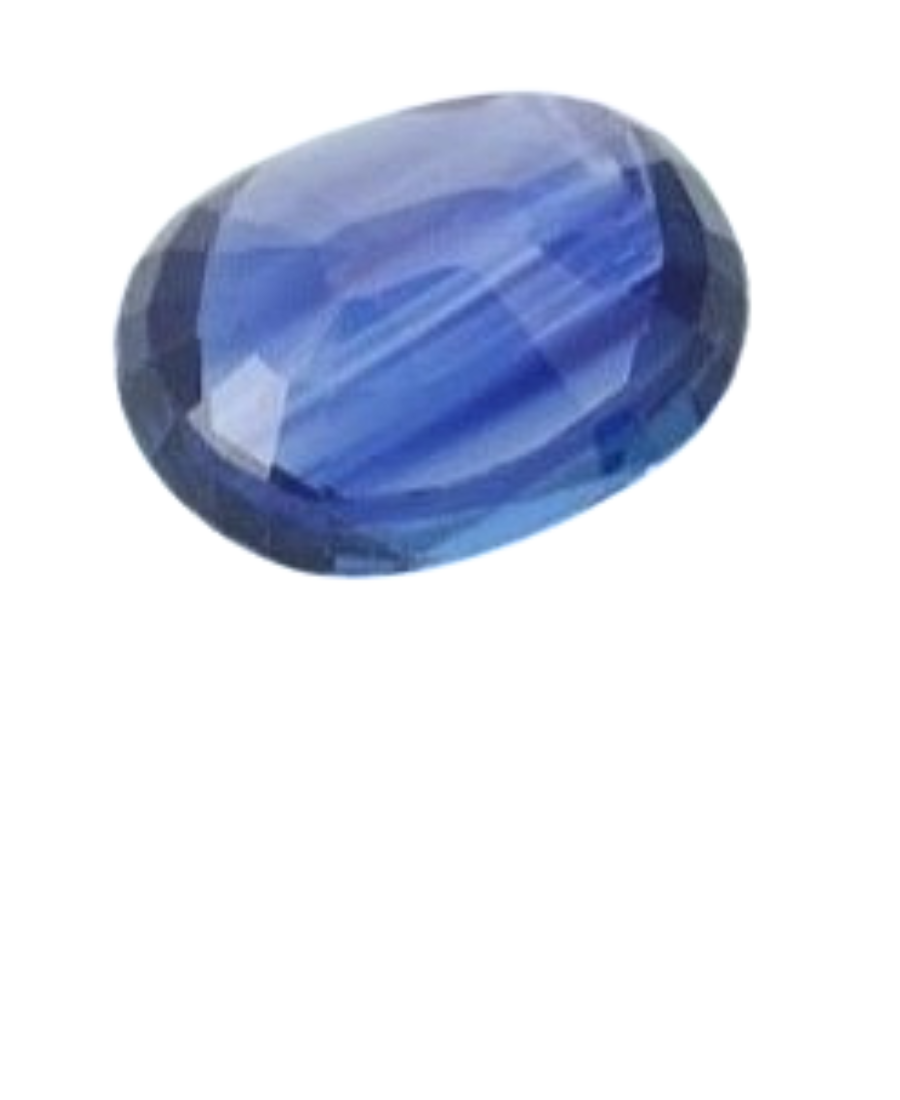
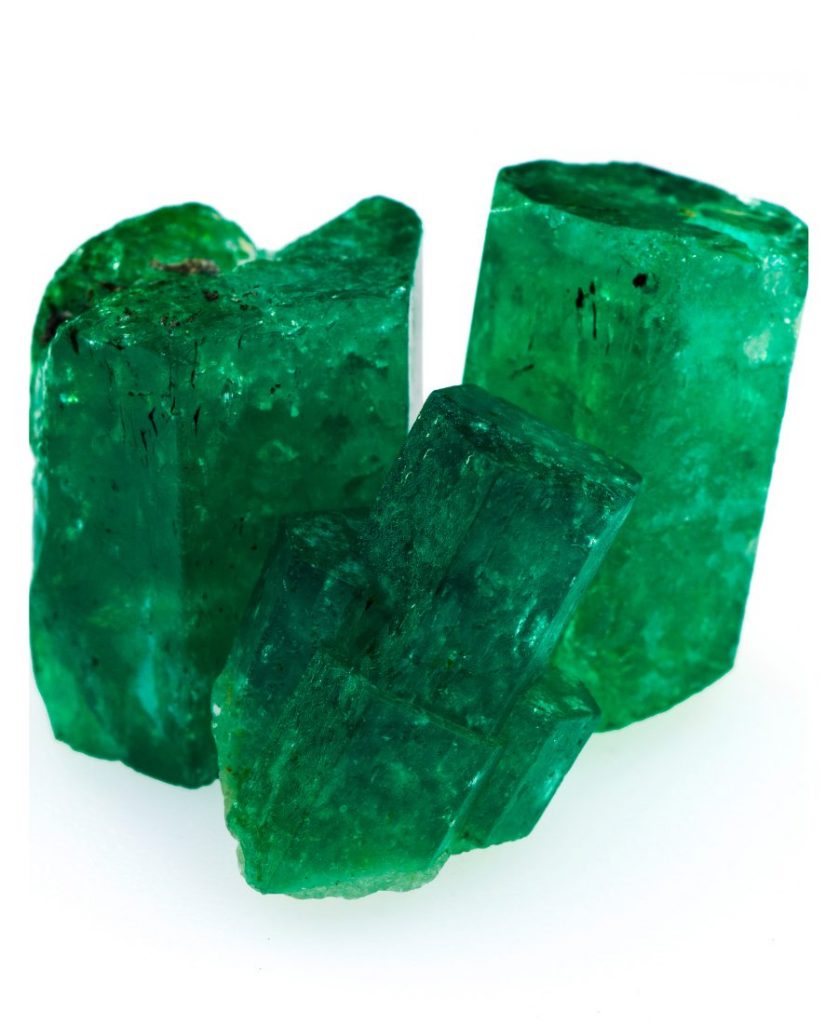
Natural emerald and synthetic emerald
There are other differences between natural stone and its synthetic counterpart. Take emeralds, for example.
A natural emerald may have inclusions of small crystals of other minerals, such as chromite (top photo).
Synthetic emeralds, on the other hand, are the result of a hydrothermal dissolution crystallization process, and may feature “phenacite nails”: small, elongated phenacite crystals characteristic of the hydrothermal emerald manufacturing process (bottom photo).
What to do when these inclusions are not visible?
It’s not uncommon to find a stone with no inclusions at all. In this case, there’s no way for the naked eye to tell the difference between natural and synthetic stone.
It’s more convenient to call in a gemological laboratory to carry out more detailed analyses to determine a gem’s naturalness.
The two materials are so similar that it is necessary to use spectrometric analysis machines to identify the proportions of trace chemical elements, which in turn determine whether the stone is natural or synthetic.
This analysis is often combined with other advanced analyses to establish a laboratory certificate of authenticity.
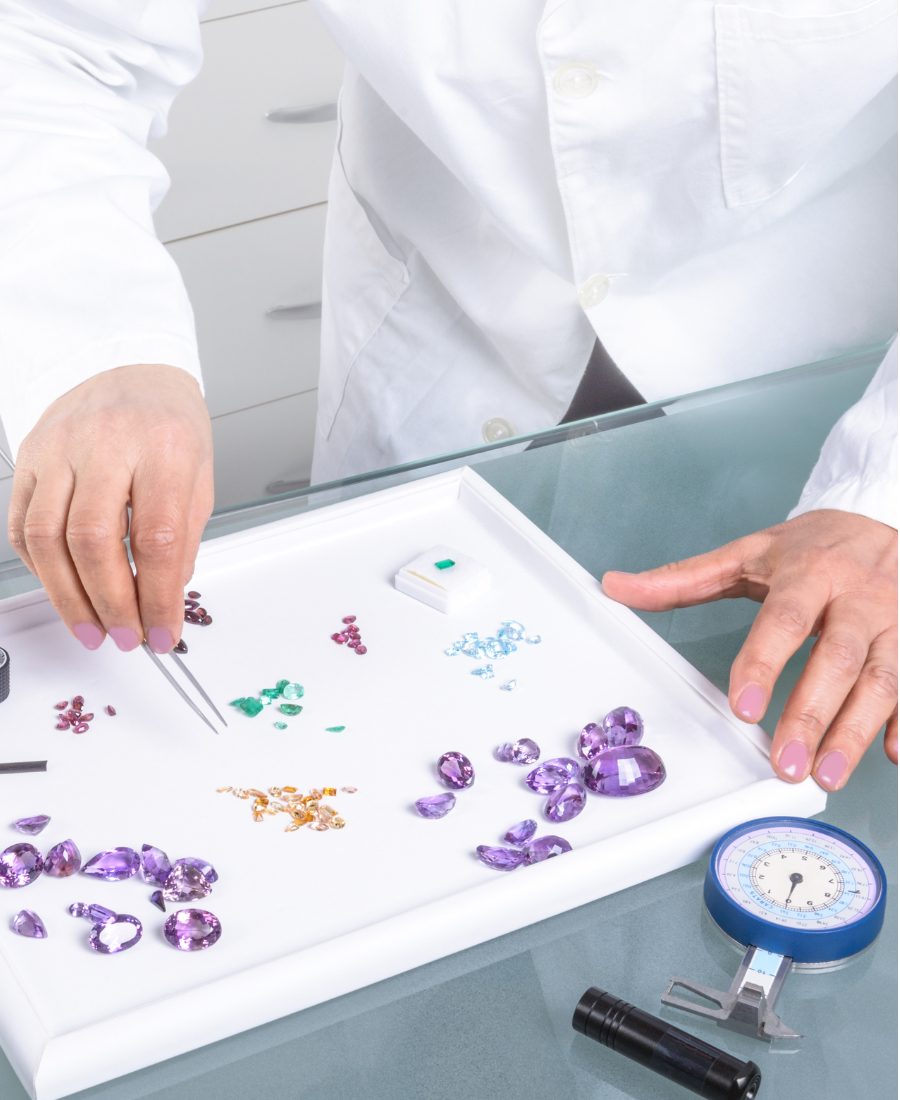
Choosing between natural and synthetic stones?
The choice between natural gemstone and synthetic stone can sometimes be difficult.
A gem is the very expression of what nature has to offer, so the degree of rarity will often be an important criterion when buying gems. Size and purity are also factors.
A synthetic stone, on the other hand, offers the excellence of human manufacture. Most often free of inclusions, these stones are representative of the scientific advances of our era: brighter, almost perfect…
There’s no such thing as one better choice than another, and the selection of all types of stone is entirely up to you.

